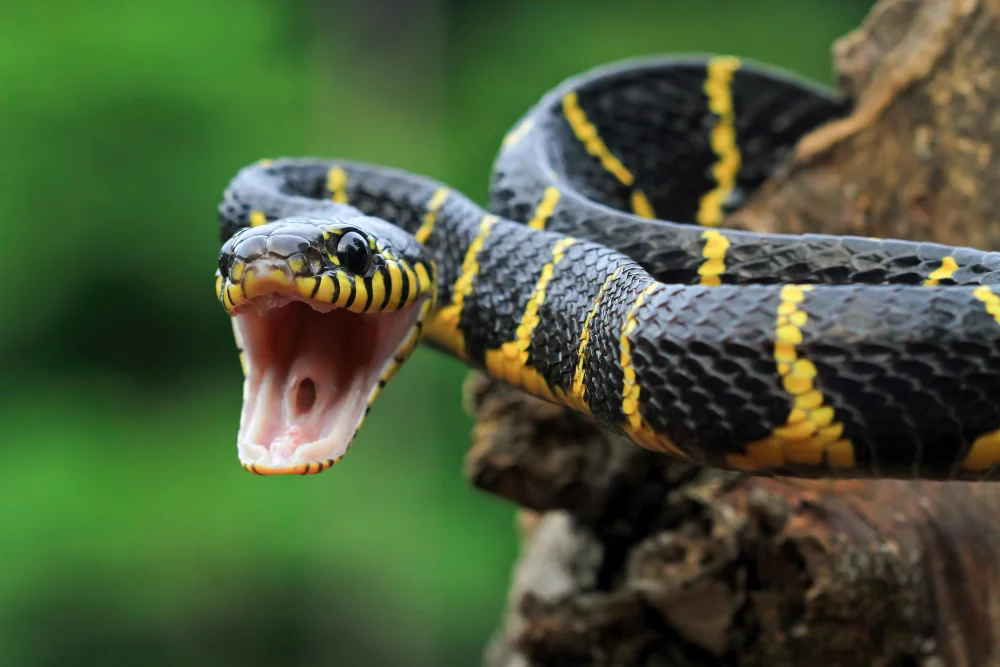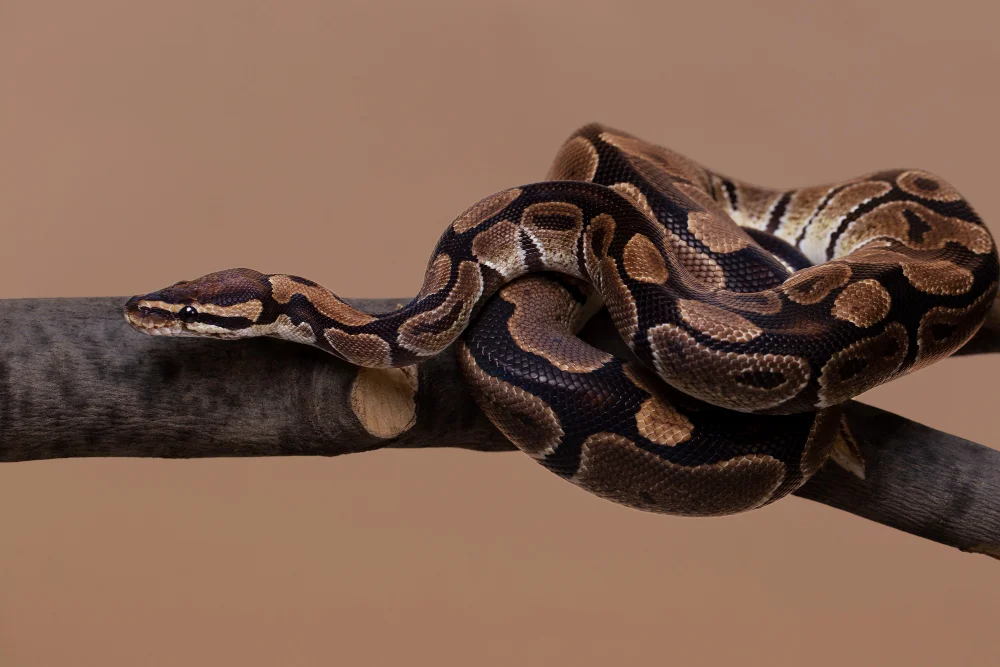The Python is a group of non-venomous constrictor snakes known for their large size, muscular build, and diverse coloration.
Found across Africa, Asia, and Australia, these snakes play a crucial role as top predators in various ecosystems. Pythons are ambush hunters, feeding on a wide range of prey including mammals, birds, reptiles, and amphibians. They are revered in some cultures and face threats such as habitat loss and hunting. Conservation efforts aim to protect python populations and their habitats worldwide.

Taxonomy and Classification:
Pythons are a group of non-venomous constrictor snakes belonging to the family Pythonidae, within the order Squamata. They are part of the infraorder Alethinophidia, which also includes boas and other snake species.
Physical Characteristics:
Pythons are large, heavy-bodied snakes with muscular builds. They typically have broad heads, heat-sensitive pits on their faces, and specialized scales on their bellies for gripping prey. Pythons exhibit a wide range of colors and patterns, depending on the species and geographic location.
Habitat and Distribution:
Pythons are found in various habitats across Africa, Asia, and Australia, including rainforests, grasslands, swamps, and deserts. They are particularly abundant in tropical and subtropical regions, where they can thrive in diverse environmental conditions.
Behavior and Feeding Habits:
Pythons are ambush predators that rely on stealth and ambush techniques to capture prey. They are primarily nocturnal hunters, using their powerful muscles to constrict and suffocate their prey before swallowing it whole. Pythons feed on a wide range of animals, including mammals, birds, reptiles, and amphibians.
Reproduction and Life Cycle:
Pythons reproduce sexually, with males engaging in courtship rituals to attract females. Females lay eggs or give birth to live young, depending on the species. Some python species exhibit maternal care, protecting their eggs or young until they hatch or are capable of fending for themselves.
Ecological Role and Interactions:
Pythons play a crucial role in their ecosystems as top predators, helping regulate prey populations and maintain ecological balance. They are also important prey for larger predators such as crocodiles and birds of prey.
Threats and Conservation Status:
Pythons face various threats, including habitat loss, hunting for their skins and meat, and conflicts with humans. Some python species are listed as endangered or threatened due to these factors, highlighting the importance of conservation efforts.
Cultural Significance and Mythology:
Pythons have significant cultural and mythological importance in many societies around the world. They are revered or feared in some cultures and feature prominently in folklore, religious rituals, and traditional medicine practices.
Human Interactions and Conservation Efforts:
Human interactions with pythons range from fear and persecution to reverence and conservation efforts. Conservation initiatives focus on habitat protection, regulation of the exotic pet trade, and public education to promote coexistence with these remarkable reptiles.
Research and Education:
Pythons are subjects of scientific research in fields such as ecology, behavior, genetics, and physiology. They also serve as educational ambassadors in zoos, museums, and wildlife sanctuaries, raising awareness about snake conservation and biodiversity.
In summary, pythons are fascinating and ecologically important snakes with a global distribution and diverse habitats. Understanding their biology, behavior, and ecological roles is essential for their conservation and the conservation of the ecosystems they inhabit.


